AO Edited
St Olave Hart Street
A hidden treasure in London with a rich medieval history, and the resting place of many luminaries.
The St Olave Hart Street church is London in miniature—history as a kind of layer cake, boom piled on bust, war piled on plague. It is one of London’s hidden treasures and well worth a visit.
While the records of this small city church only stretch back to the 13th century, legend has it that it was built on the site of the Battle of London Bridge as far back as 1014. If you descend into the crypt, a well can be found where, it is thought, King Olaf II of Norway (Later St Olaf) rallied his troops around to assist Ethelred the Unready in driving the Vikings out of London with the cry, “Forward Crossmen!”
As London became a centre of trade in the 15th and 16th centuries, the church flourished. Many merchants chose to be buried here, and their brightly coloured memorials are a highlight of any visit. As the church was next to the home of Queen Elizabeth I’s spymaster, Francis Walsingham, many of her spies are said to have worshipped here and at least two are buried in the church.
Other luminaries buried at the church include William and Peter Turner, pioneering father and son botanists and herbalists, who did much to outline the medicinal properties of plants found in the English countryside.
St Olave’s most significant historical links are with Samuel Pepys, perhaps the English language’s finest diarist. Indeed, he described it in his diary as “our own church.” He worked in the Navy Office nearby and would enter into a pew for Admiralty officials. Today, where the old doorway stood is a 19th century memorial to the man. Across the church, directly in line of sight to where Pepys sat is the memorial to Elizabeth, his wife. He had the memorial placed there, so he would always be able to gaze upon her.
The church survived the Great Fire, thanks to quick thinking by William Penn (father of the Founding Father), who tore down local houses to create firebreaks. The church wasn’t so lucky during the Blitz and was gutted, but extensive restoration has brought the church back to its pre-war state.
In St Olave’s lovely, enclosed churchyard is buried Mary Ramsay who died in 1665, the woman popularly believed to be responsible for bringing the Bubonic Plague to London. Also buried in the churchyard is the person upon whom the ‘Mother Goose’ of children’s stories is based.
On Seething Lane, the churchyard can be entered through a rather macabre gateway, crowned with skulls and the morbid Latin phrase, ’Christus Vivere Mors mihi lucrum’ — ‘Christ lives, Death is my reward’. This was erected in 1658, shortly before the plague would ravage London again, and almost seems a sort of warning.
Charles Dickens was a great fan of this gateway, and called it (and the church) St Ghastly Grim. He is known to have caught a hansom cab here on rainy, foggy nights and gaze at the skulls.
Know Before You Go
The church is open every day between 10 and 5pm. Nearest tube station is Tower Hill.
The dates and times of services can be found on the website. Access to the exterior is level and can be viewed at any time. There is a step to access both the church and the churchyard.
Community Contributors
Added by
Edited by
Plan Your Trip
The Atlas Obscura Podcast is Back!








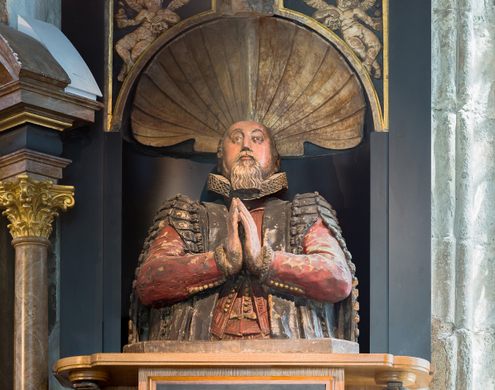




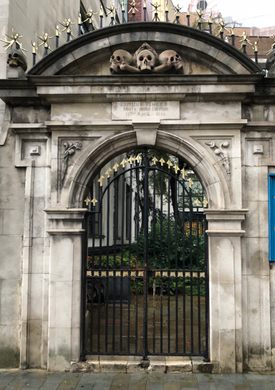















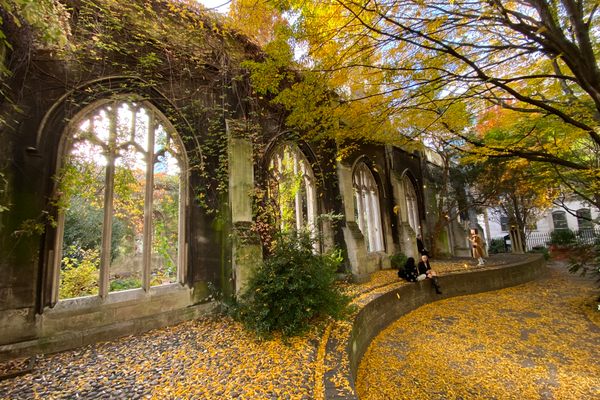
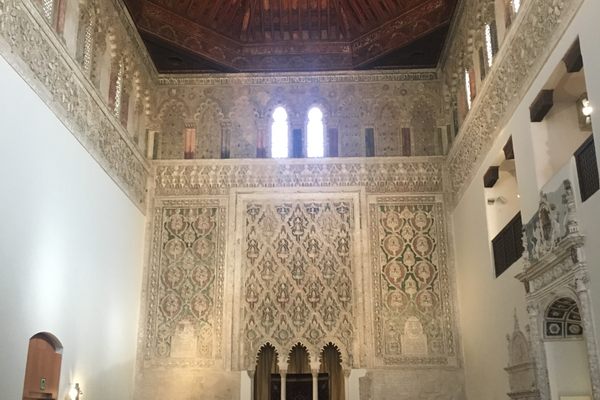
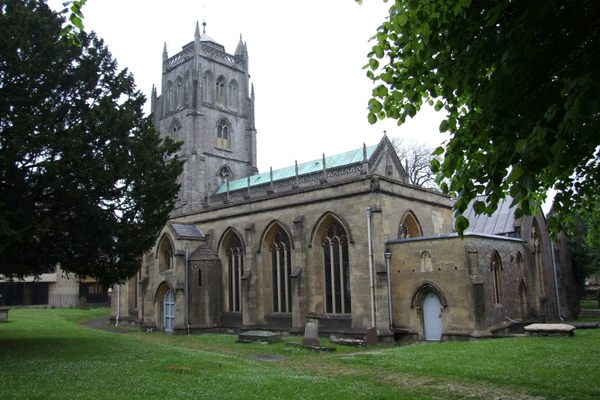
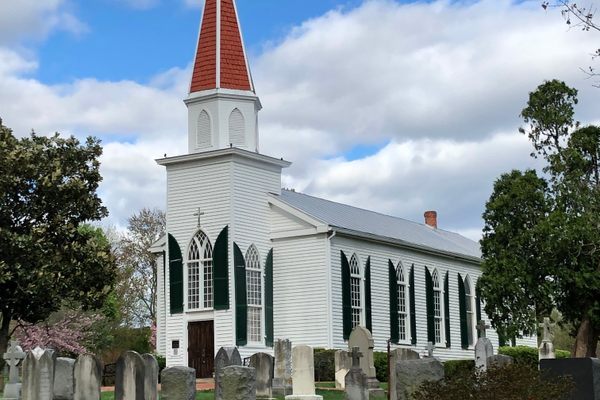


Follow us on Twitter to get the latest on the world's hidden wonders.
Like us on Facebook to get the latest on the world's hidden wonders.
Follow us on Twitter Like us on Facebook